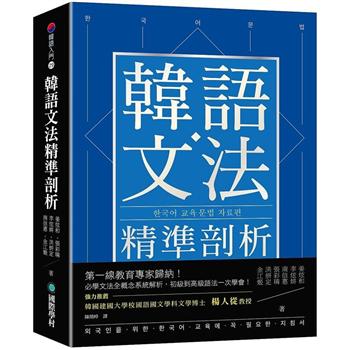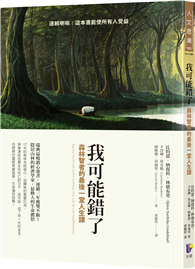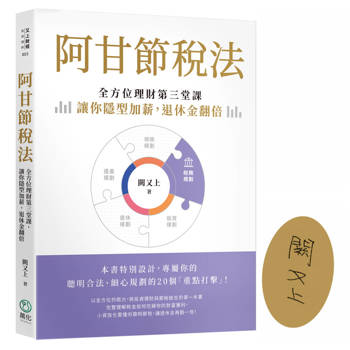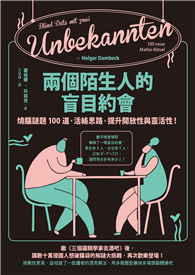How do public markets, as ordinary as they seem, carry the weight of a city’s history? How do such everyday buildings reflect a city’s changing political, social, and economic needs, through their yearslong transformations in forms, functions, and management? Integrating architecture and history, this book invites readers to go through the growth and governance of colonial Hong Kong by tracing the past and present of public markets as a study of extensive firsthand historical materials. As the readers witness the changes in Hong Kong markets from hawker pitches to classical market halls to clean modernist municipal complexes, the book offers a new perspective of understanding the familiar everyday markets with historical contexts possibly unfamiliar to most, studying markets as a microcosm of the city and a capsule of its history.
This book is a robust and in-depth study of the market building history of Hong Kong since the 1840s and contributes to a holistic understanding of everyday urbanism, public space, and the birth of modern architecture in this city. Professor Carmen Tsui has broken new ground in positioning market buildings as sites for situating architecture at the centre of the social and economic history of Hong Kong.—Professor Ho Puay Peng
UNESCO Chair on Architectural Heritage Conservation and Management in Asia Head of Department of Architecture, School of Design and Environment, National University of Singapore As chaotic as they may seem, Hong Kong’s public markets have their own business and spatial logic and are important venues for people to understand the city. To improve hygiene, food peddlers have been removed from the streets to indoor markets. Some of the vigorous marketing activities cannot be sustained indoors, while others take other forms to survive. This book reconstructs the past and present of public markets in Hong Kong. It provides important documentation and analysis of the city’s most vibrant architecture.
Public markets connect people; they witness the joys and struggles of several generations of local people and record the changes in Hong Kong’s everyday life, cultural values, and aesthetic sense. Despite the popularity of online shopping today, public markets remain irreplaceable carriers of our culture.—Professor Chang Ping Hung Wallace
Associate Professor of Department of Architecture,The University of Hong Kong Former Member of the Advisory Committee on Built Heritage Conservation, HKSAR
| FindBook |
|
有 1 項符合
Carmen C. M. Tsui的圖書 |
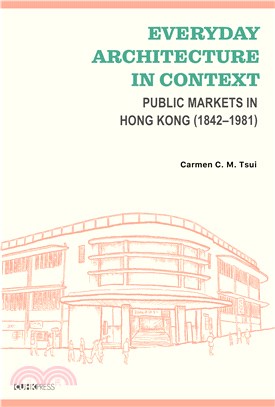 |
$ 1620 ~ 1674 | Everyday Architecture in Context:Public Markets in Hong Kong (1842–1981)
作者:Carmen C. M. Tsui 出版社:香港中文大學出版社 出版日期:2023-05-01 規格:23.5cm*16cm*2.2cm (高/寬/厚) / 初 / 精裝 / 286頁  共 4 筆 → 查價格、看圖書介紹 共 4 筆 → 查價格、看圖書介紹
|
|
|
圖書介紹 - 資料來源:博客來 評分:
圖書名稱:Everyday Architecture in Context:Public Markets in Hong Kong (1842–1981)
內容簡介
作者介紹
作者簡介
Carmen C. M. Tsui
Carmen C. M. Tsui is an architect and urban historian. She is an associate professor in the Department of History at Lingnan University. She obtained her Ph.D. in Architecture from the University of California, Berkeley, with a specialization in the history of architecture and urbanism. Her research focuses have been on the housing history of China and Hong Kong, heritage conservation and management, urban history, and architectural modernism in Asia. She is the principal investigator of several funded research projects and actively engages with the professional field of built heritage conservation.
Carmen C. M. Tsui
Carmen C. M. Tsui is an architect and urban historian. She is an associate professor in the Department of History at Lingnan University. She obtained her Ph.D. in Architecture from the University of California, Berkeley, with a specialization in the history of architecture and urbanism. Her research focuses have been on the housing history of China and Hong Kong, heritage conservation and management, urban history, and architectural modernism in Asia. She is the principal investigator of several funded research projects and actively engages with the professional field of built heritage conservation.
目錄
Preface / vii
Introduction / xi
Chapter 1
Public Markets and Food Monopolies (1840s–1880s) /1
Chapter 2
Public Markets and Sanitary Improvement (1880s–1910s) /47
Chapter 3
Public Markets and the Cost of Living (1910s–1930s) /93
Chapter 4
Public Markets and New Architectural Aesthetics (1930s–1940s) /123
Chapter 5
Public Markets and Post-War Rehabilitation (1940s–1960s) /185
Chapter 6
Public Markets and Multi-Purpose Design (1960s–1980s) /225
Epilogue / 259
Selected Bibliography / 267
Index / 275
Introduction / xi
Chapter 1
Public Markets and Food Monopolies (1840s–1880s) /1
Chapter 2
Public Markets and Sanitary Improvement (1880s–1910s) /47
Chapter 3
Public Markets and the Cost of Living (1910s–1930s) /93
Chapter 4
Public Markets and New Architectural Aesthetics (1930s–1940s) /123
Chapter 5
Public Markets and Post-War Rehabilitation (1940s–1960s) /185
Chapter 6
Public Markets and Multi-Purpose Design (1960s–1980s) /225
Epilogue / 259
Selected Bibliography / 267
Index / 275
|

